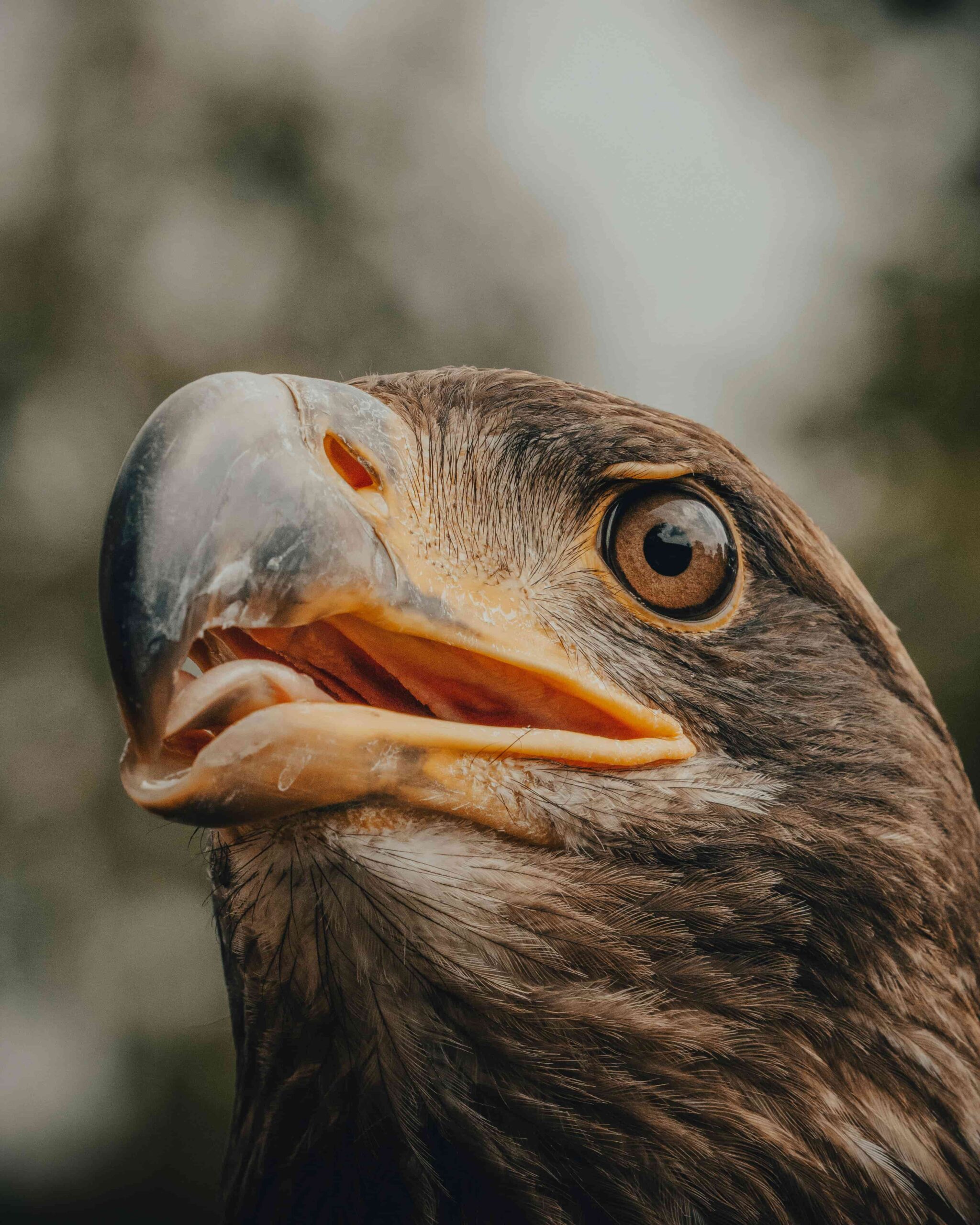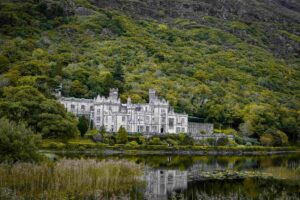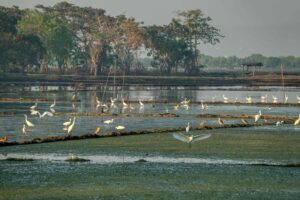The UK’s coastline is a haven for birdwatchers, teeming with diverse avian species that inhabit its cliffs, estuaries, and marshes. Embarking on a coastal birdwatching expedition offers enthusiasts the opportunity to spot seabirds, waders, and migratory species in their natural habitats, while enjoying breathtaking views of the sea and coastal landscapes. From the towering cliffs of Cornwall to the expansive mudflats of the Wash and the remote islands of Scotland, a coastal birdwatching expedition promises unforgettable encounters with Britain’s winged inhabitants. In this article, we’ll delve into the world of coastal birdwatching, highlighting the best destinations, species, and experiences along the UK’s coastline.
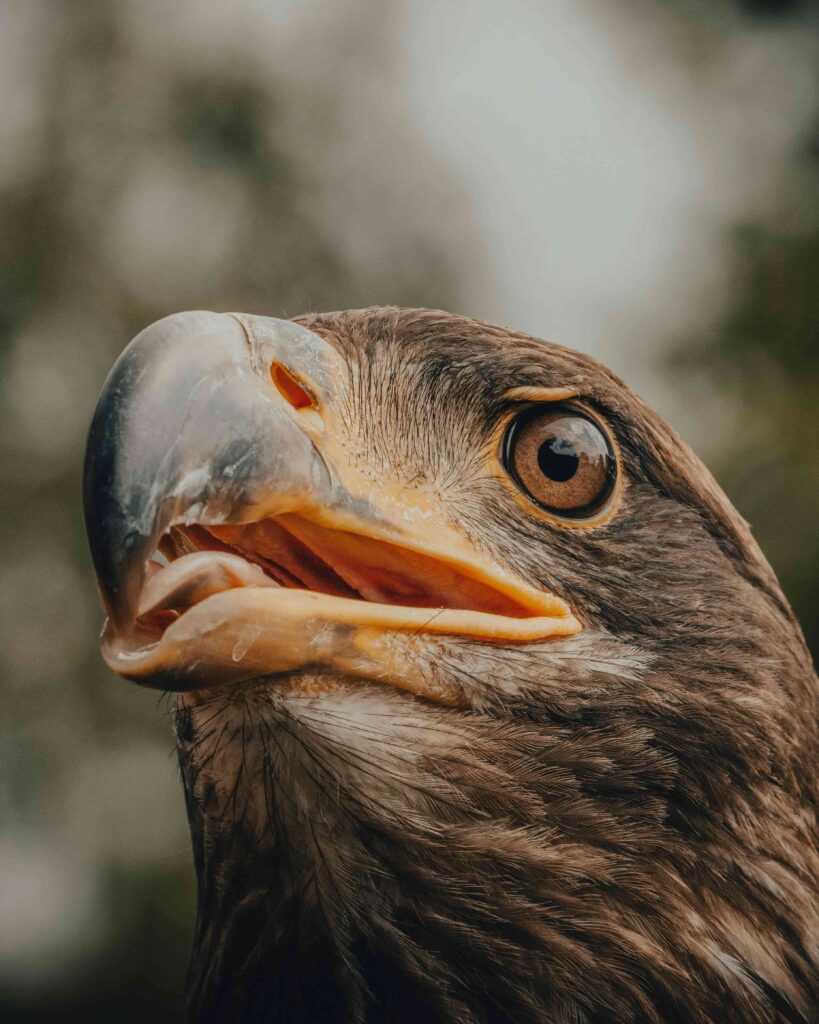
Section 1: The Rich Diversity of Coastal Birdlife
1.1. Seabird Colonies:
The UK’s coastline is home to some of the largest seabird colonies in Europe, providing vital breeding grounds for species such as gannets, puffins, and kittiwakes. Seabird colonies are often found on offshore islands, sea cliffs, and rocky outcrops, where birds gather in large numbers to nest, breed, and raise their young. Witnessing the spectacle of seabird colonies in full swing is a highlight of coastal birdwatching, as birds soar, dive, and chatter amidst the crashing waves and salty sea spray.
1.2. Wader Roosts:
Estuaries and mudflats along the UK’s coastline provide important feeding and roosting habitats for wading birds such as oystercatchers, curlews, and godwits. During the tidal cycle, waders gather in large flocks to feed on exposed mudflats, probing the mud for invertebrates and small fish. As the tide rises, waders retreat to roosting sites on nearby salt marshes, where they rest and preen until the next feeding opportunity. Observing wader roosts at dawn or dusk offers a mesmerizing glimpse into the rhythms of coastal birdlife.
Section 2: Exploring Coastal Birdwatching Hotspots
2.1. Bempton Cliffs, Yorkshire:
Bempton Cliffs, located on the Yorkshire coast, is home to one of the largest seabird colonies in England, attracting thousands of nesting seabirds each year. Visitors can walk along cliff-top paths and view platforms to observe seabirds such as gannets, puffins, razorbills, and guillemots nesting on the sheer chalk cliffs. The cliffs also provide panoramic views of the North Sea and surrounding coastline, making it a prime spot for coastal birdwatching and photography.
2.2. RSPB Titchwell Marsh, Norfolk:
RSPB Titchwell Marsh, located on the north Norfolk coast, is a premier birdwatching destination known for its diverse habitats and abundant birdlife. The reserve encompasses salt marshes, freshwater lagoons, reedbeds, and sandy beaches, providing a haven for waders, waterfowl, and migrating birds throughout the year. Visitors can explore a network of trails and hides to spot species such as avocets, redshanks, marsh harriers, and spoonbills, while enjoying views of the Wash and surrounding countryside.
2.3. Farne Islands, Northumberland:
The Farne Islands, a group of rocky islands off the coast of Northumberland, are famous for their seabird colonies and wildlife-rich waters. Visitors can take boat trips to the islands from the nearby town of Seahouses to observe nesting seabirds such as puffins, terns, guillemots, and razorbills up close. The islands also support a breeding colony of grey seals, providing additional opportunities for wildlife watching and photography.
Section 3: Tips for a Successful Coastal Birdwatching Expedition
3.1. Choose the Right Season:
The timing of your coastal birdwatching expedition can greatly influence the species you’ll encounter and the experiences you’ll have. Research the best times of year to see specific bird species, taking into account breeding seasons, migration patterns, and seasonal variations in habitat availability. Spring and autumn are prime times for bird migration, while summer is ideal for nesting seabirds and winter for waders and waterfowl.
3.2. Use Binoculars and Field Guides:
Bring a pair of high-quality binoculars and a field guide to help you identify birds and observe their behavior from a distance. Binoculars with a magnification of 8x or 10x and a wide field of view are ideal for coastal birdwatching, allowing you to scan the shoreline, cliffs, and skies for distant birds with ease. Use a field guide to identify species based on their size, shape, plumage, and behavior, and take notes or sketches to record your sightings.
Conclusion:
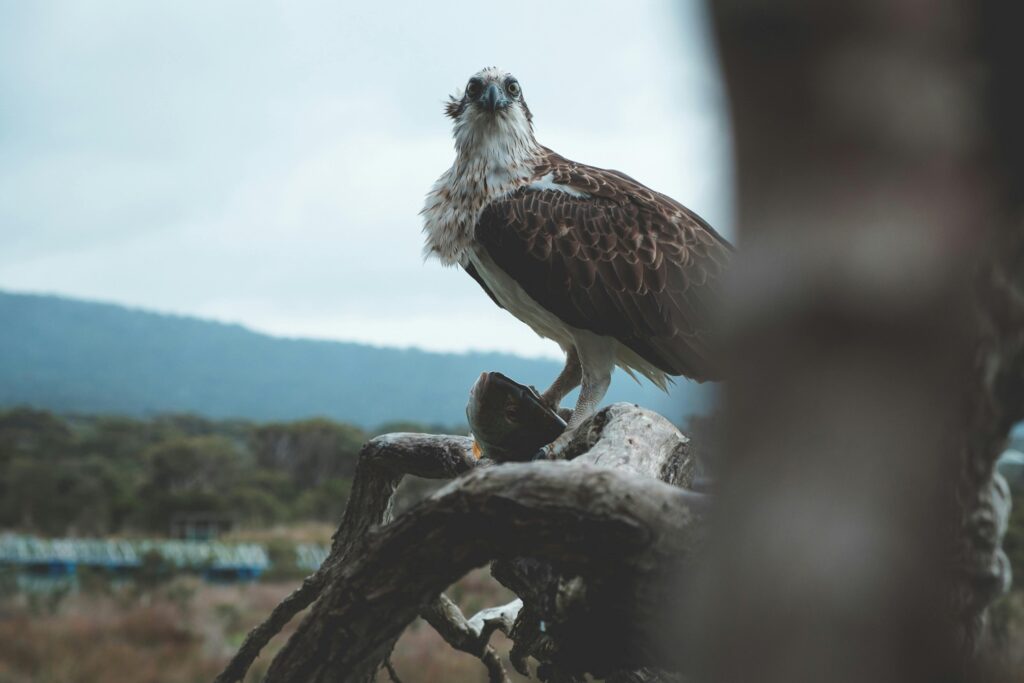
Embarking on a coastal birdwatching expedition along the UK’s coastline offers enthusiasts the opportunity to connect with nature and observe a rich diversity of avian species in their natural habitats. Whether you’re marveling at the spectacle of seabird colonies on Bempton Cliffs, exploring the wetlands of RSPB Titchwell Marsh, or cruising around the Farne Islands, a coastal birdwatching expedition promises unforgettable encounters with Britain’s winged inhabitants and breathtaking views of the sea and coastline. So pack your binoculars, lace up your boots, and set out on a coastal adventure to discover the avian wonders of the UK’s coastline. Happy birdwatching!

